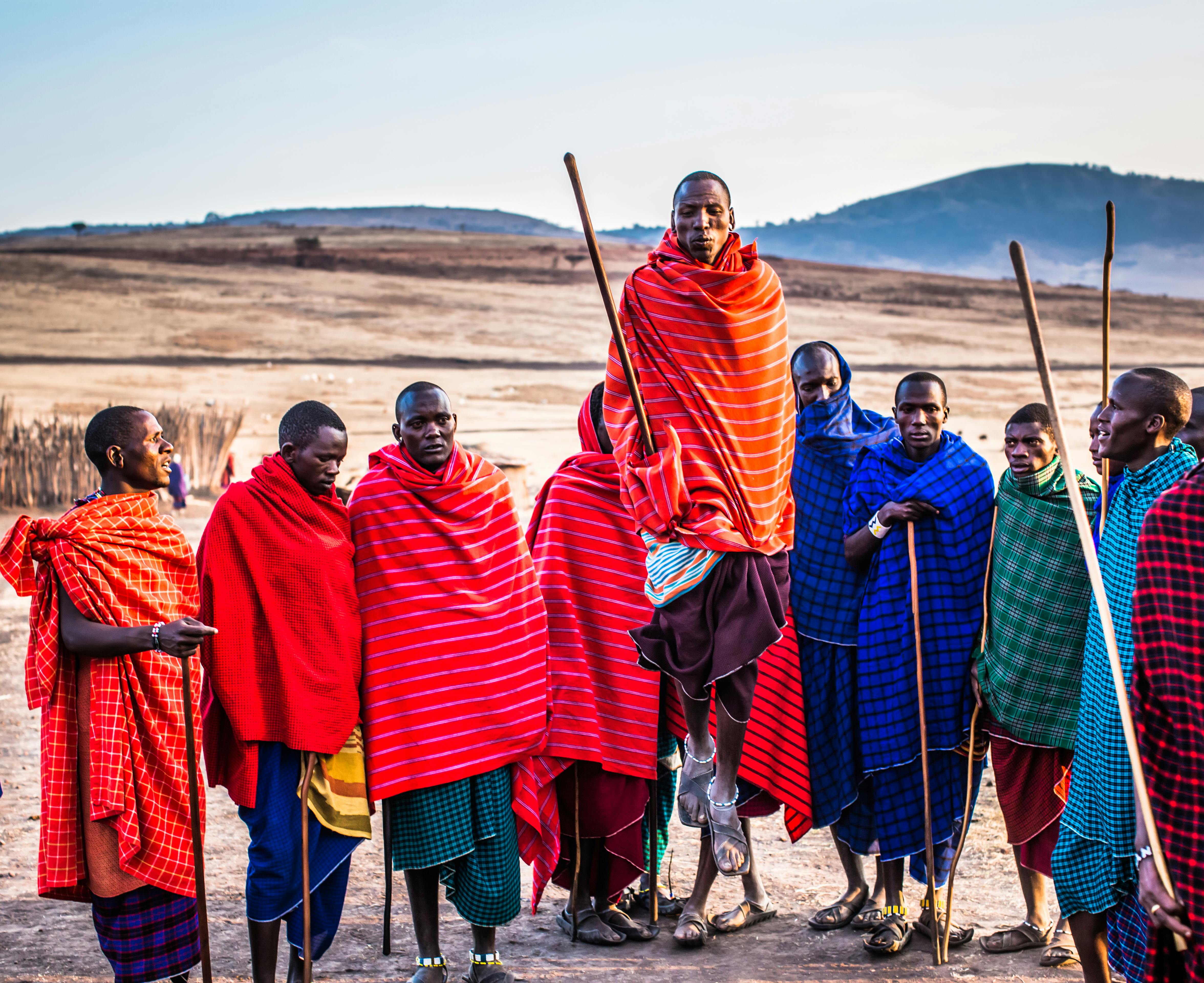
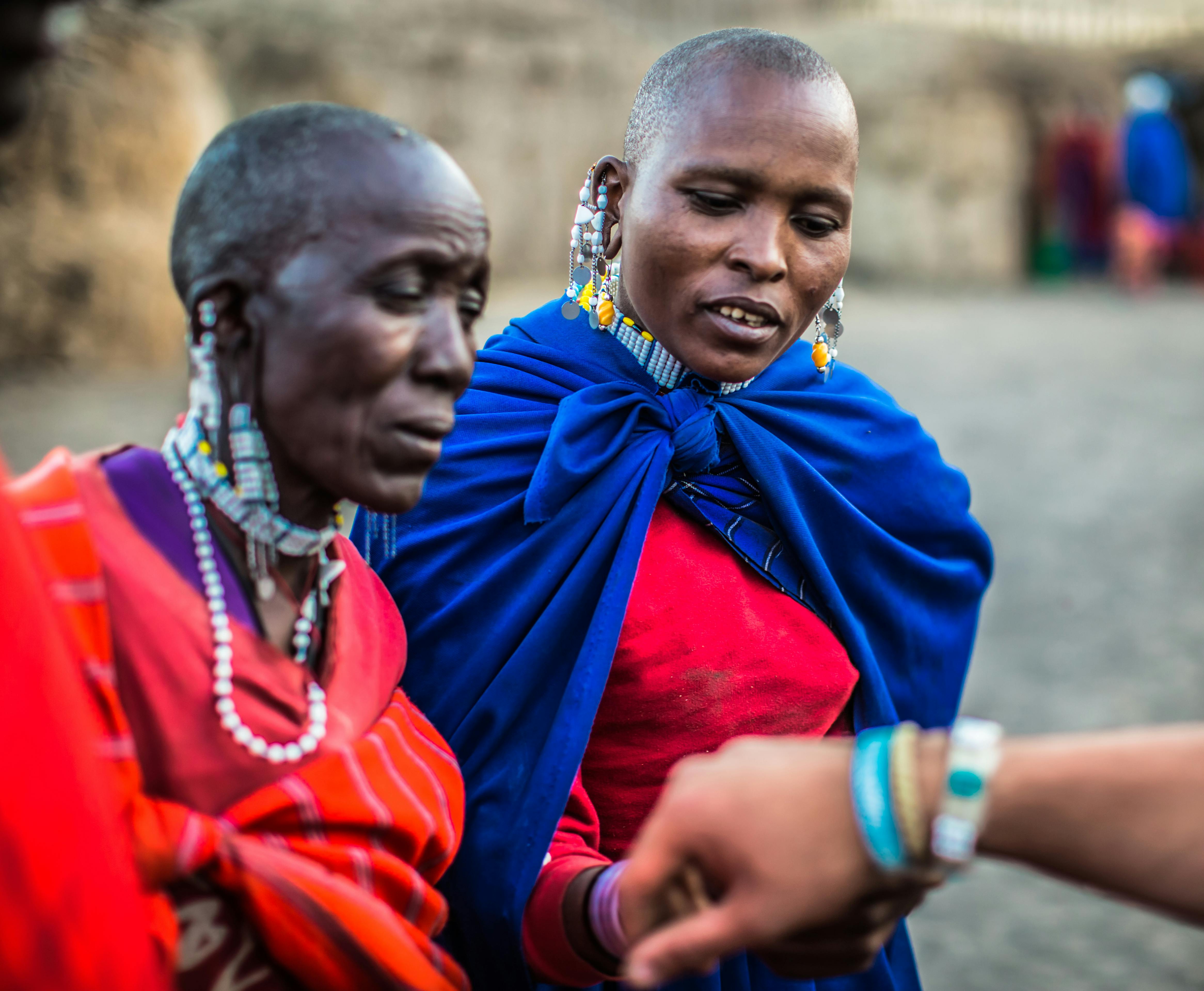
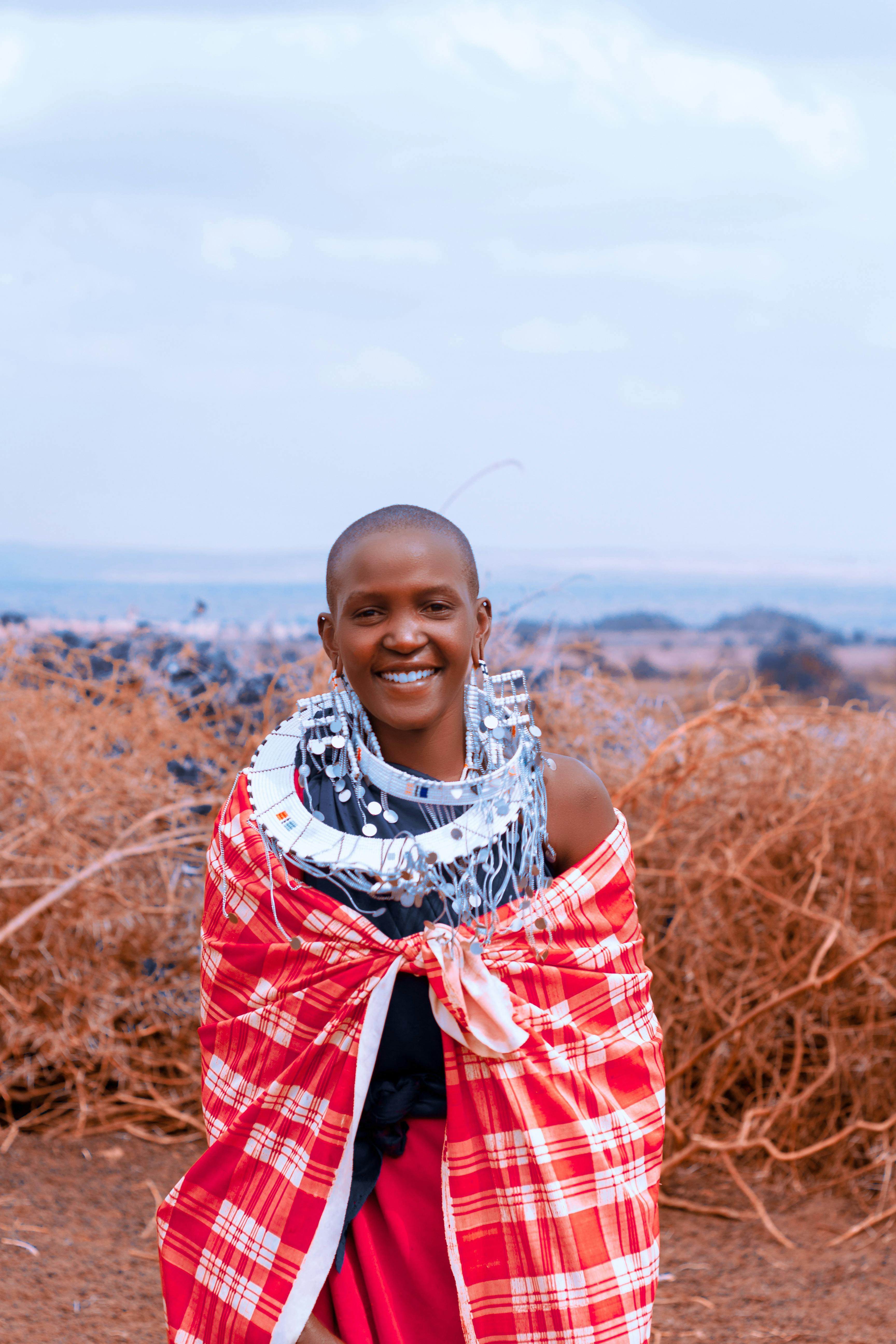
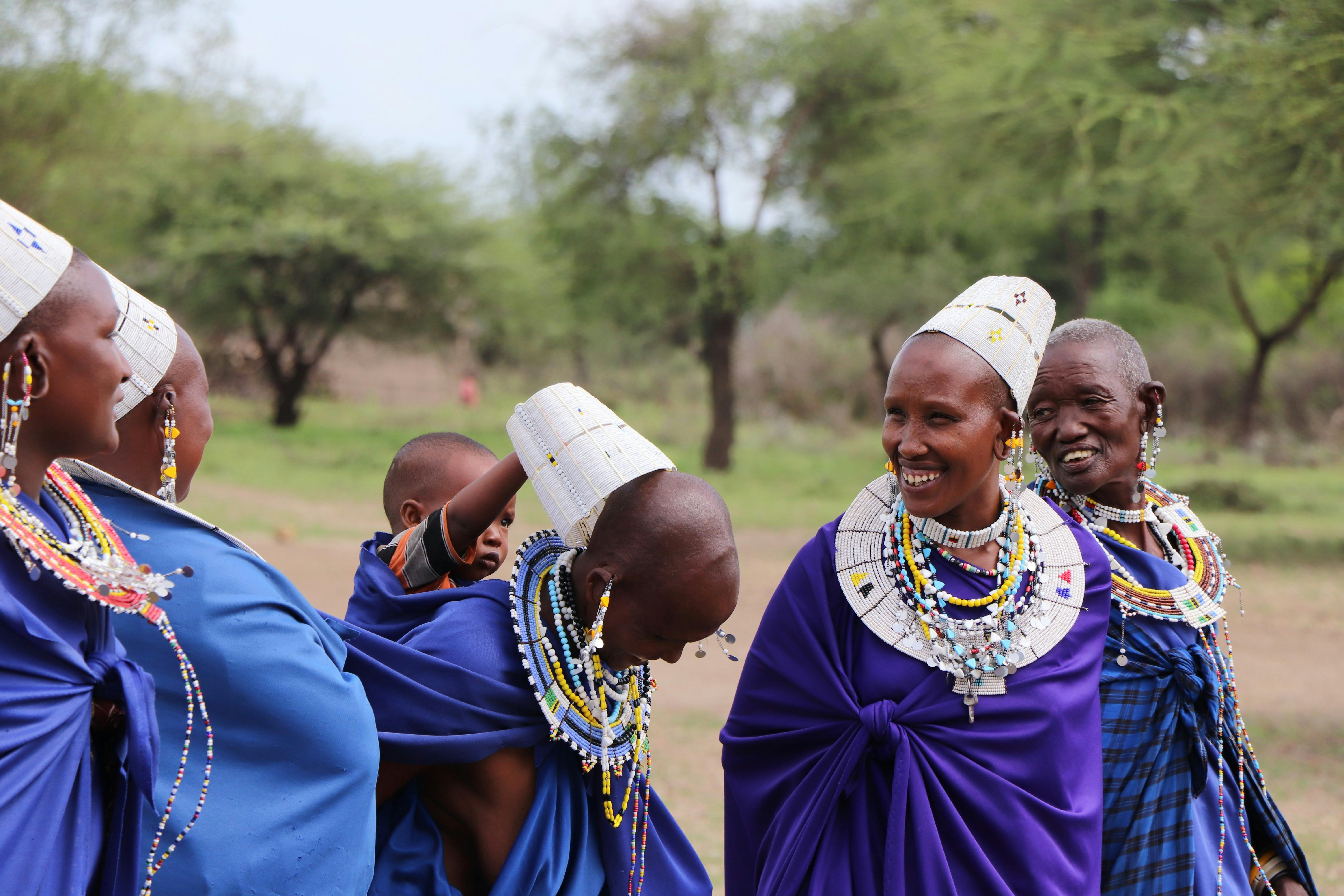


Capturing Culture. Telling Stories.
We focus on traditional photography, African culture, and storytelling through powerful visuals that preserve identity and heritage.






Emanyata Photography is based in Tanzania and specializes in documenting indigenous traditions, events, and rituals through compelling visual storytelling. Whether it's a portrait session or a cultural ceremony, we aim to capture moments that matter.
Our mission is to preserve the rich cultural heritage of Africa through photography, creating a visual archive that tells the stories of our people and traditions.
.png)
In the heart of Maasailand, amidst golden savannas and whispering acacias, lives the timeless spirit of the alayoni — young Maasai boys stepping into warriorhood.
The image captures a quiet moment of learning and legacy. These boys, dressed in vibrant red and blue shukas, stand firm — their gazes filled with promise. Behind the play lies purpose: every morning they walk the land, listen to stories, and sharpen the instincts of their ancestors.
The smallest, Lekato, clutches a wooden staff carved by his grandfather. “This is not just wood,” he was told. “It is your beginning.” Nearby, his elder watches the horizon — ready, alert, already half a warrior.
This sacred journey, from *alayoni* to *morani*, is not merely about age — it's about honor, respect, and survival. These boys carry the future of the Maasai, learning not just how to hunt or herd, but how to live as proud custodians of a deep cultural legacy.
.png)
In another corner of the Maasai lands, a young boy guides his family's cattle along the dusty trail. His hand gently holds a rope tied to the bull’s nose — a role of great trust for someone so young.
Herding is not just a task; it is a spiritual connection. The cow is sacred in Maasai culture — a symbol of wealth, sustenance, and ancestry. From an early age, children are taught to understand the behavior of animals, to listen to the rhythm of the herd, and to recognize the signs of rain or danger.
This boy’s expression tells a story of quiet responsibility. His red-checked shuka flutters in the breeze, while the cows walk calmly by his side — a clear bond between boy and beast.
Through herding, Maasai children learn discipline, identity, and their place in a society that thrives by honoring tradition.
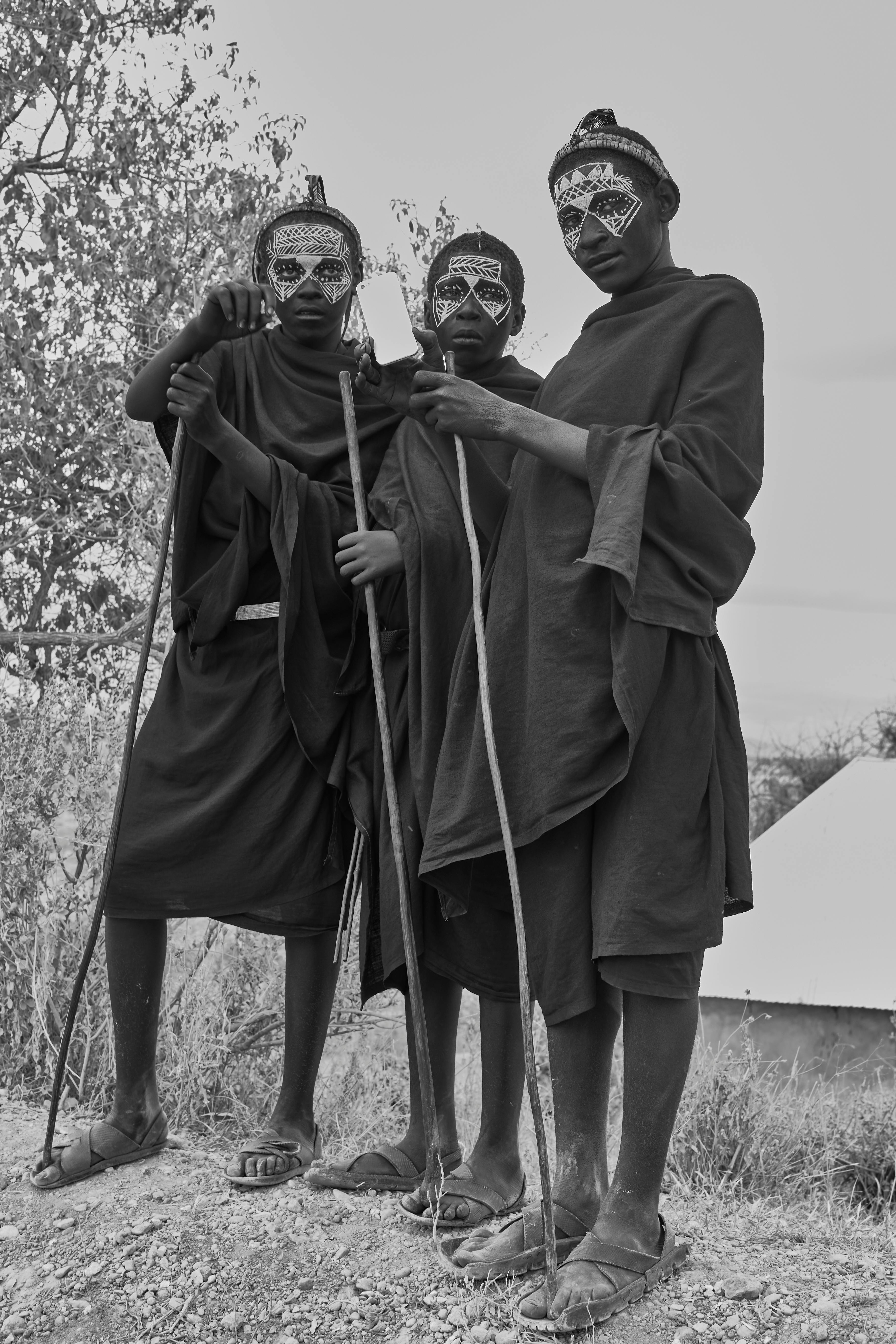
In the heart of Maasai tradition, Sipolio refers to the revered young men who have recently undergone emorata — the sacred circumcision ritual. These initiates enter a transitional phase between boyhood and warriorhood, marked by strict cultural codes and deep community respect.
Dressed in black shúkà and often adorned with white face paint, the Sipolio are easily recognizable. Their appearance represents purity, transformation, and humility. During this period, they are not to be touched or interfered with — symbolizing their sanctity and inner journey.
The Sipolio live under discipline, silence, and seclusion, engaging in teachings from elders about Maasai law, bravery, honor, and the responsibilities of adulthood. They walk with wooden staffs and sometimes spears, not for war, but as emblems of growth and future protection of their people.
Becoming Sipolio is one of the most honored stages in Maasai life. It is a rite that binds the individual to the values of the community and prepares them to become laigwanani (leaders), morans (warriors), or elders in the future. This chapter in life is both humbling and sacred.